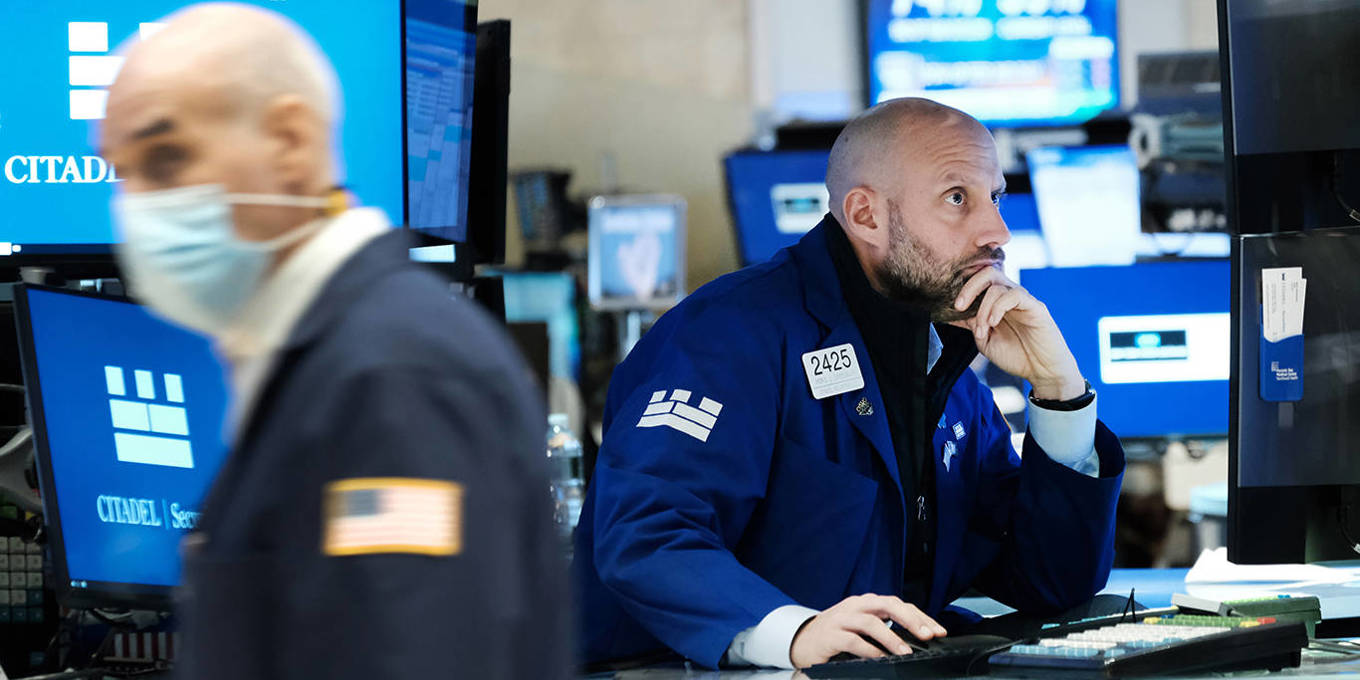
ITHACA – This was supposed to be the year of post-COVID normalization, labor-market healing, and a revival of economic growth. Yet it is turning out to be a fraught period of geopolitical realignments, persistent supply disruptions, and financial-market volatility, all of which are playing out in a context of surging inflationary pressures and limited policymaking space.
Owing to these developments, the latest update to the Brookings-Financial Times Tracking Indexes for the Global Economic Recovery (TIGER) shows an overall loss of growth momentum, with considerable unevenness across countries in their vulnerability to adverse domestic and international developments. The war in Ukraine, COVID-19’s resurgence in China, and the lack of macroeconomic policy options available to most governments will make 2022 a tough year for global growth. And although COVID-19’s disruptive effects seem contained in most parts of the world, the potential for new variants to emerge means that it will remain a wildcard.
The spike in geopolitical tensions has exacerbated global supply-chain disruptions. With prices already surging and demand holding up well in most major economies until recently, conditions are ripe for an escalation of inflationary pressures around the world. Worse, most governments and central banks will find it difficult to bolster demand if it shows signs of flagging in the face of mounting economic uncertainty and financial volatility. Consumer and business confidence have already taken a hit, and that bodes ill for consumer demand and especially for business investment.
To continue reading, register now.
As a registered user, you can enjoy more PS content every month – for free.
orSubscribe now for unlimited access to everything PS has to offer.
Already have an account? Log in
Storm Clouds Over the Global Economy by Eswar Prasad - Project Syndicate
Read More
No comments:
Post a Comment